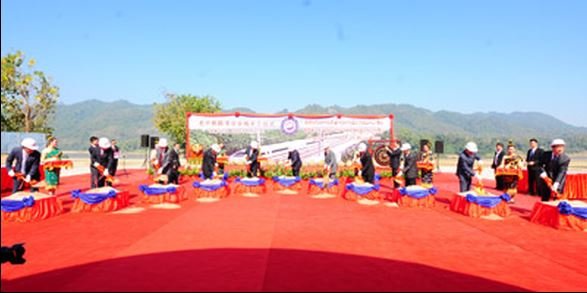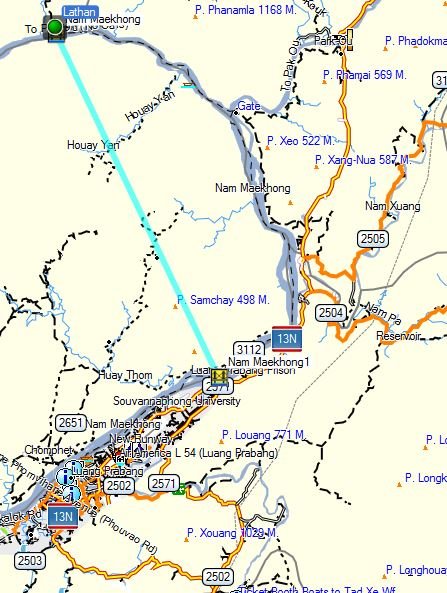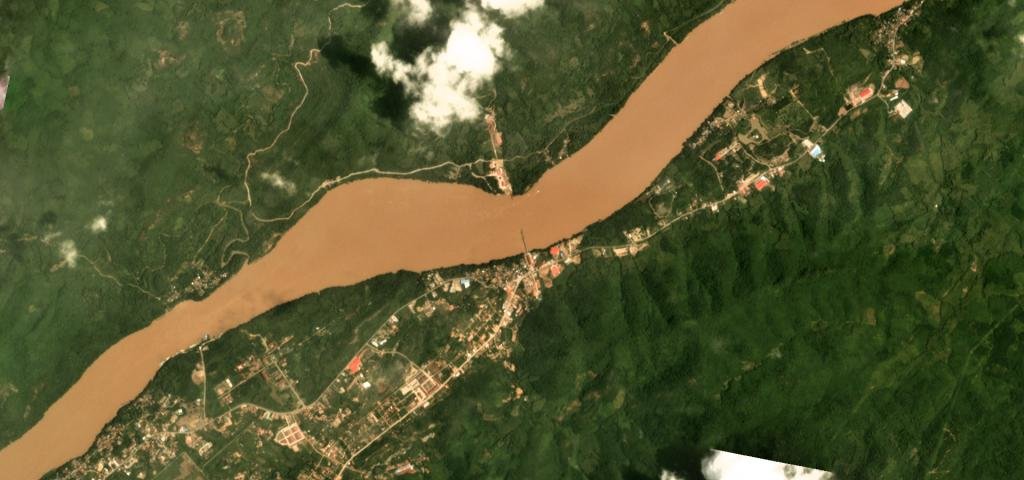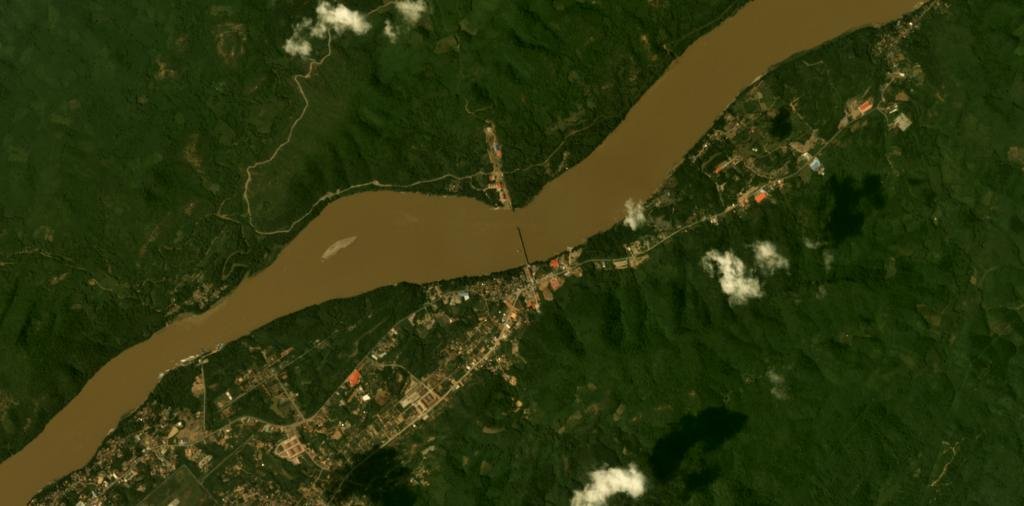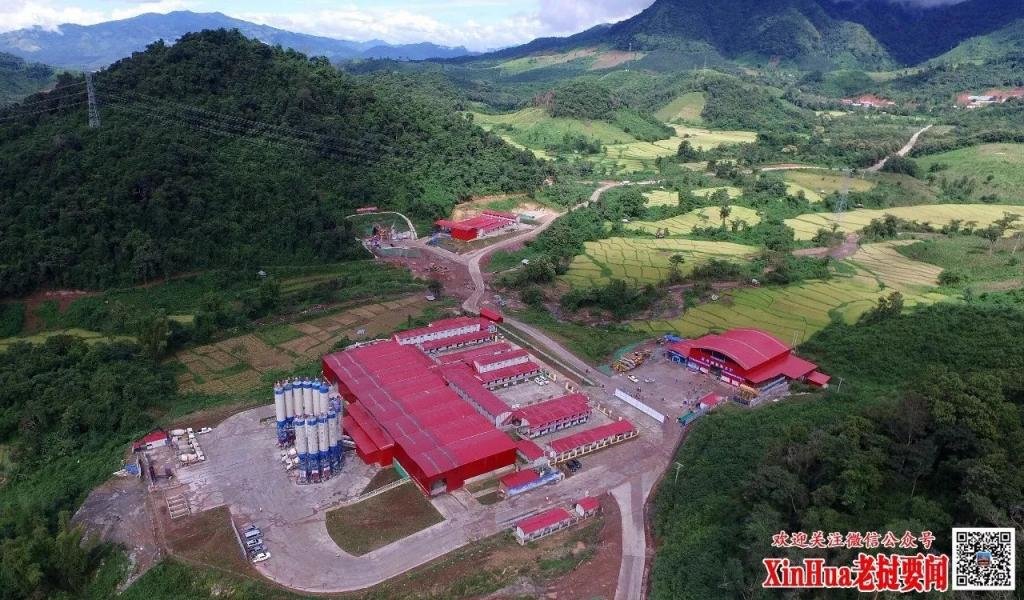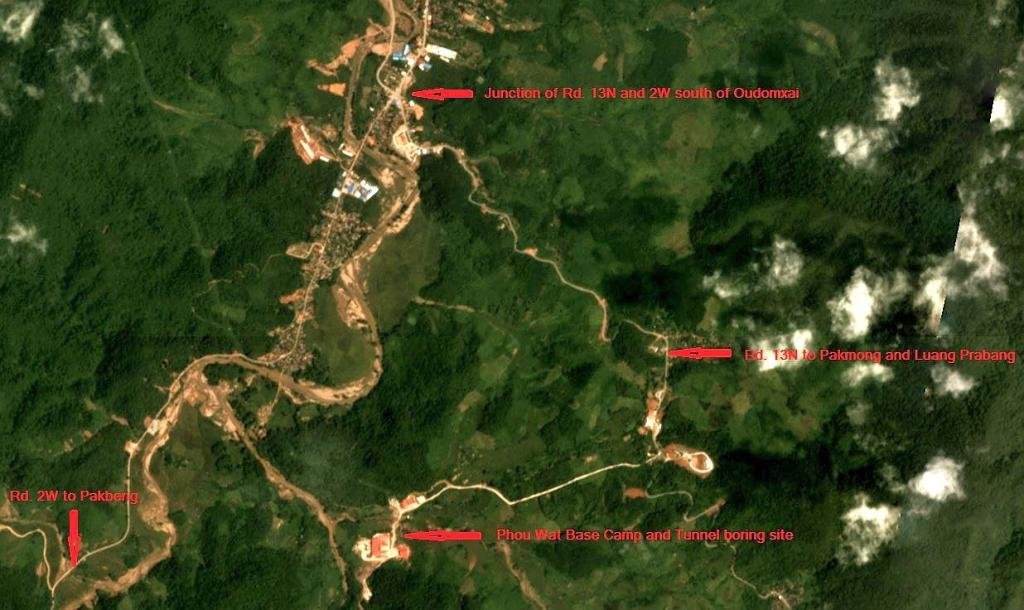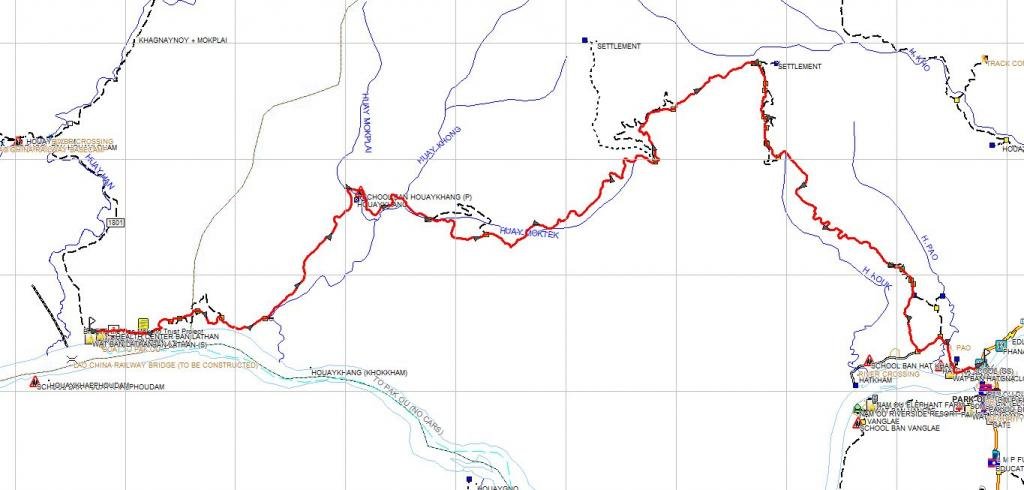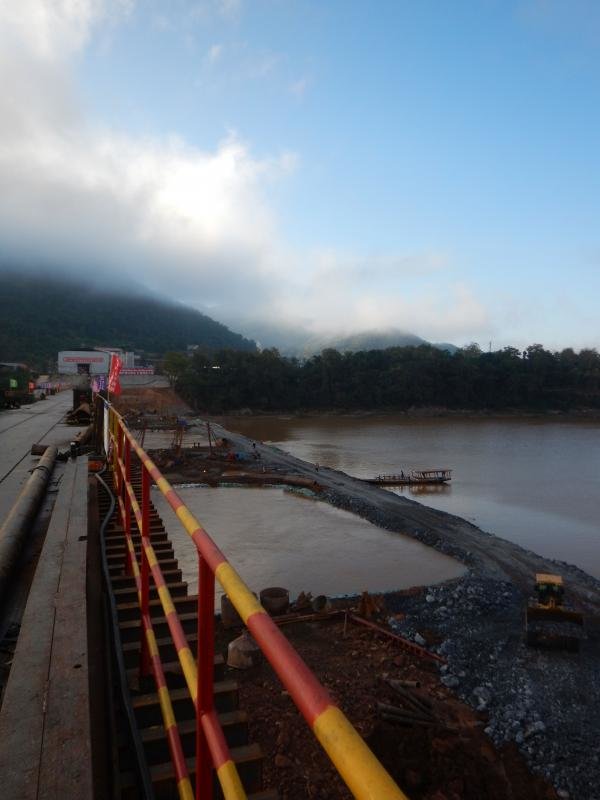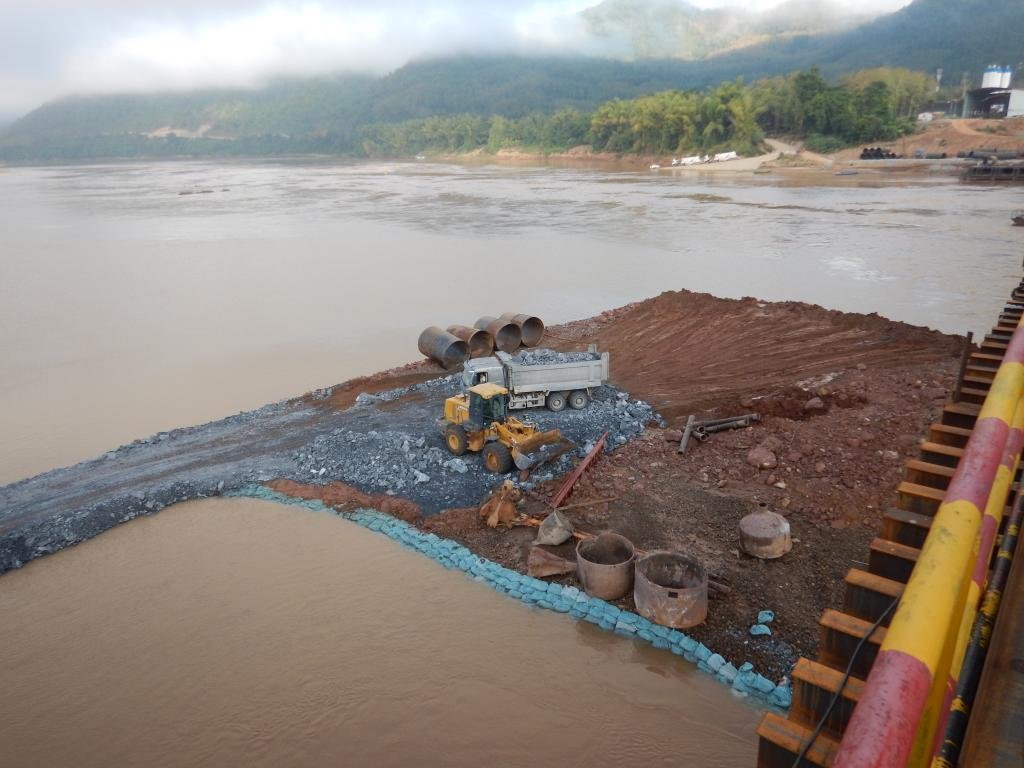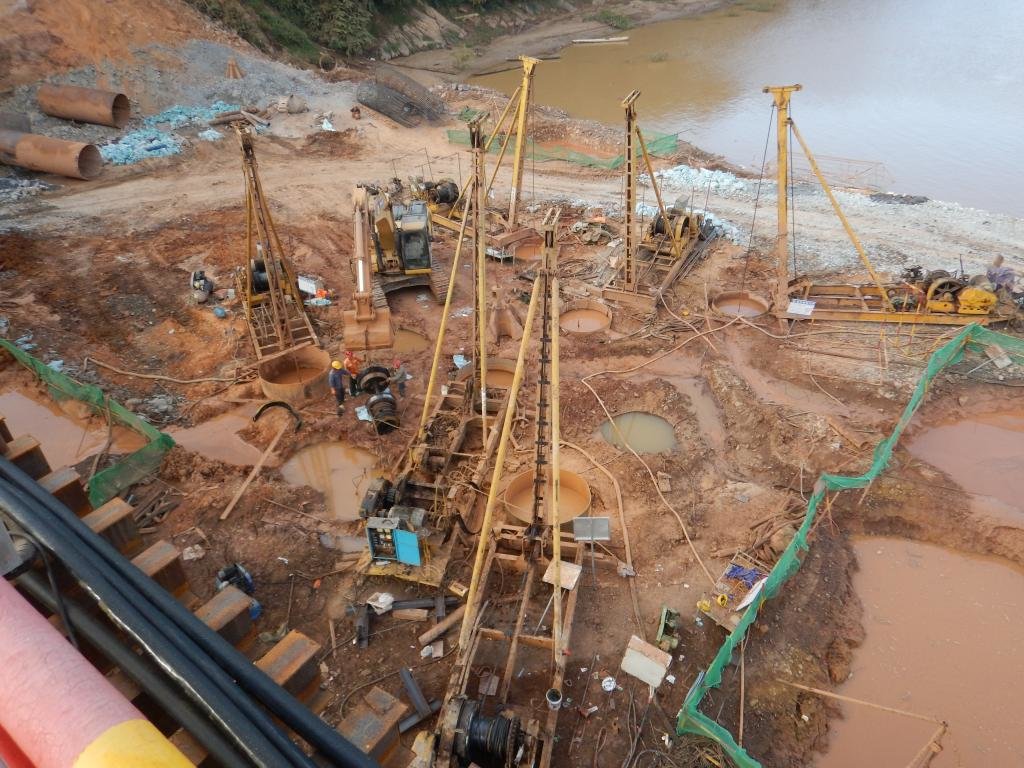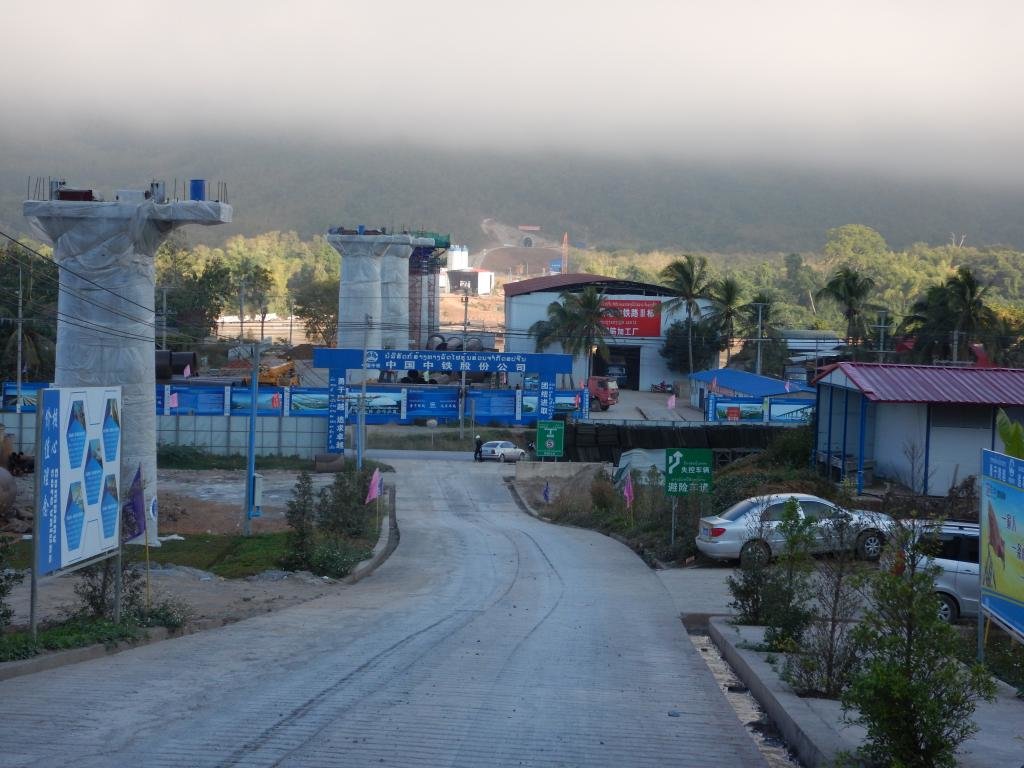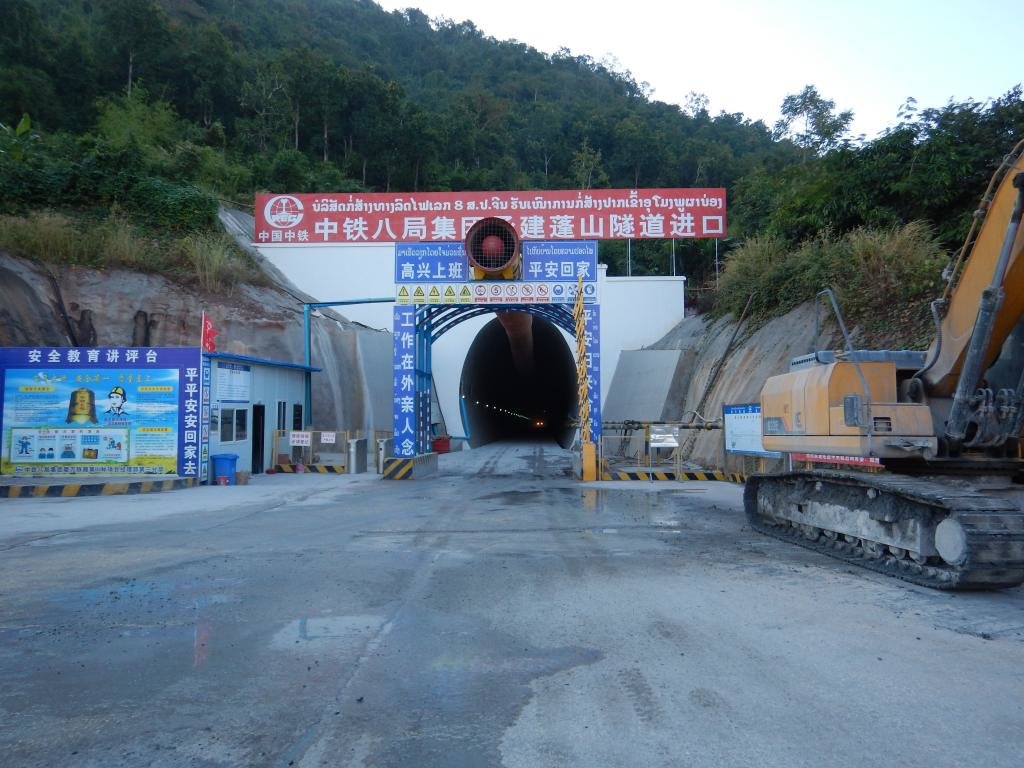KTMphil
Senior member

HOANG DINH NAM / AFP / Getty ImagesChinese workers man a drilling machine in preparation for the building of a railway linking China and Laos at Bopiat village in the northern province of Luang Namtha, La
Change is coming to sleepy Laos in the form of a $7.2 billion railway, set to carve its way through this war-ravaged nation. The costs are to be borne by the Laotian government, courtesy of a Chinese loan amounting to a staggering 86% of Laos’ annual $8.3 billion GDP. The level of indebtedness has led some to condemn the scheme as the latest example of Beijing’s inexorable expansion into Southeast Asia. Aghast economists fear that such exorbitant spending could saddle an already impoverished nation with an insurmountable deficit. Moreover, in Laos’ shadowy police state, where even household-name dissidents are “disappeared” without a murmur of explanation, there are serious doubts on whether ordinary Lao could influence the course of a deal inked by their communist government, however unfavorable it may prove.
Pockmarked by decades of war in the 20th century (per capita, it is the most bombed nation on the planet, according to the U.N.), Laos remains caught in a time warp, and by almost every indicator it is one of the world’s poorest countries. Some progress is being made — Laos finally sealed World Trade Organization membership in February, and is eagerly awaiting the launch of the Association of Southeast Asian Nations Economic Community, expected by 2015 — but most people live on less than $5 a day. Agriculture, generally subsistence rice farming, dominates the economy, employing four-fifths of the population and taking up half of GDP. “Laos is perhaps more than ever before looking for ways to increase its foreign direct investment and strengthen its economic standing in the region and beyond,” Gretchen A. Kunze, Laos representative for the nonprofit Asia Foundation, tells TIME.
(PHOTOS: China’s High-Speed Rail)
Lack of infrastructure remains a massive headache, however. The country has only ever boasted 6.5 km of antiquated railway, and so its population of 6 million makes do with a dilapidated road network that is little more than a chain of muddy potholes. To remedy this, a train route linking Kunming, in China’s southwestern Yunnan province, with the Laotian capital Vientiane, and then going south through Thailand to Singapore, was first touted three years ago. As Laos is a landlocked country with a jagged mountainous terrain, facilitating the movement of goods and reducing transportation costs are seen as key components toward future prosperity. Construction was originally due to be completed by 2015.
However, Beijing pulled out from funding the project directly last year after a series of feasibility studies showed the numbers just did not add up. It is little secret why. The 420-km track would require burrowing 76 tunnels and constructing 152 bridges — representing two-thirds of the entire route — plus two extra crossings to traverse the mighty Mekong River. Twenty stations would initially be opened with an additional 11 to be added at a later date. By any stretch of the imagination it is a colossal feat of engineering, and so China decided to instead make do with a new road skirting the Mekong as it forms the border between Laos and Burma and entering Thailand farther south. This, however, offers little benefit for Laos itself.
And so to achieve a miraculous transformation from landlocked backwoods to globally linked manufacturing hub, Laos was left to push forward with the project alone — albeit with borrowed Chinese cash. Buoyed by talk of a new Thai express railway to link Nong Khai, by the Laos border, with Bangkok, Laos’ 11-member Politburo unanimously approved negotiating the $7.2 billion loan from the state-owned Export-Import Bank of China. Chinese state media quoted the Laos Minister for Energy and Mines in October saying the deal would involve 5 million metric tons of minerals, mainly potash, being imported from Laos every year until 2020, as well as timber and agricultural concessions.
(MORE: Can Damming the Mekong Power a Better Life to Laos?)
The state’s view is that the deal represents the dawn of Laos’ economic transformation. “Lao people consider the high-speed railway as a symbol of the modernization as they see on foreign TV,” says Ekaphone Phouthonesy, deputy editor of the government-owned Vientiane Times. “The business sector has also welcomed the development project as they believe cheap transportation will make cost of production low.” Beijing, unsurprisingly, has also been vocal at rebutting disapproval of the railway deal. A recent article in the Global Times, an English-language newspaper published by the People’s Daily, the official mouthpiece of the Chinese Communist Party, bemoaned Western criticism of the project, and argued that Laos had an estimated GDP of $17.4 billion in 2011 when calculated by purchasing-power parity, thereby making the total bill appear slightly more palatable.
Observers remain unconvinced. “No Chinese investment deal comes without strings,” says Jonah Blank, a senior political scientist specializing in Southeast Asia for the Rand Corp., a global-policy think tank. “In political terms, no country that owes 86% of its GDP to another can be said to have a truly unfettered foreign policy.” Meanwhile, a Laos Finance Ministry official was quoted by Radio Free Asia in December estimating that his government would have to stump up a whopping $3 billion in interest payments alone (calculated by 2% per annum compounded over 30 years). And there are question marks over what benefits the railway would bring in the short term. “At present, Laos is not manufacturing much, in large part because of its low human-resource development and lack of skilled workers,” explains Kunze. “So the idea of Laos utilizing a rail system to export its own goods is still a way off.”
[video=youtube_share;KPotyIxTU-o]http://youtu.be/KPotyIxTU-o[/video]
Why would the Laos government bank on such a scheme? “It seems like a gamble on rising commodity prices,” says Tim Forsyth, a lecturer on international development at the London School of Economics who specializes in Southeast Asia. The idea is that Laos’ mineral wealth will rise in value over the payment period, thus enabling the debt to be paid off more quickly than it presently appears. “It also sounds like an indirect form of landgrabbing because China gets access in return for its financial resources,” he adds. Beijing’s record in this regard is hardly exemplary. Comparable developments in Burma, Indonesia and Sri Lanka using vast quantities of imported labor have all met fierce local opposition. The Laos railway project would likely follow a similar pattern with 50,000 workers brought in for the five-year construction.
(PHOTOS: In Laos, Turning Bombs Into Scrap Has Become a Lucrative but Dangerous Business)
Aside from potentially crippling national debt for a white-elephant project, there are other serious objections. Railway construction would require, at minimum, a 50-m-wide section of land cleared on both sides of the entire route, as well as 100-m sections for tunnels and 3,000-by-250-m plots for station developments. There would also have to be additional space for construction equipment, storage and worker habitations. Laos is already notorious for illegal landgrabs made in support of local and foreign investments, and local NGOs have few doubts that the railway would gravely exacerbate this problem.
Many Lao, even in government, feel an aversion to dealing with the Middle Kingdom, with some preferring to protectively cement long-established relations with the Vietnamese. “I know that the Lao are not of one mind when it comes to how far to go with the Chinese,” Ernie Bower, head of the Southeast Asia program for the Center for Strategic and International Studies, tells TIME. “And Vietnam has been fighting tooth and nail for the hearts and minds of the Lao over the last decade.”
Lao who disagree with the project likely face grave risks. On Dec. 15, Sombath Somphone, an award-winning civil-society activist and land-rights campaigner, vanished without a trace. Security-camera footage shows him seemingly being detained by security officials in Vientiane. His whereabouts remain a mystery. Even more shocking is that, unlike other disappeared activists, Sombath was never considered a particularly divisive figure, and generally worked in a conciliatory manner with local officials to negotiate the best possible deal for farmers and the rural poor.
Phil Robertson, deputy director of Human Rights Watch’s Asia division, tells TIME that he has “no doubt whatsoever” that the Laotian authorities are behind Sombath’s disappearance and continued detention. “They are warning other people: ‘Look what we can do — if we can take down someone of his repute, then what are we going to do with smaller land activists?’” he says. “It has had a chilling effect on the ground, and people are very scared to speak out.” It looks like Laos’ grandiose train project could be very costly in human as well as financial terms.
Read more: Laos? Mammoth Train Project a Fast Track to Debt and Despair | TIME.com
Source: Time World




 with the distance of 9.592 km. out of which 2.430 km is in Laos while the rest is in China.
with the distance of 9.592 km. out of which 2.430 km is in Laos while the rest is in China.